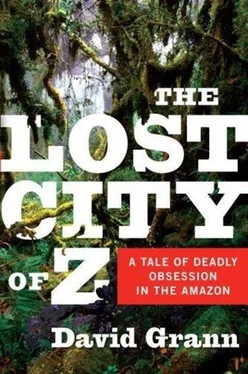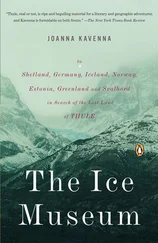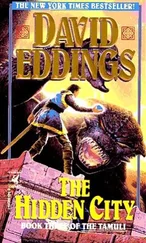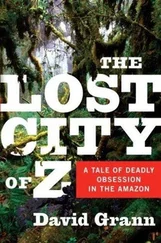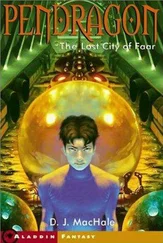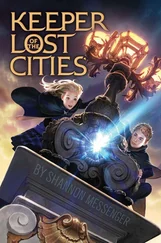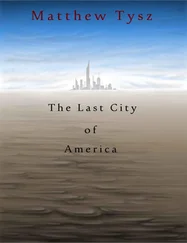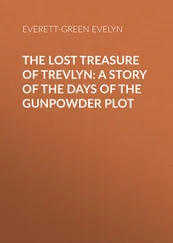Such stories did little to dissuade scores of additional explorers from trying to find Fawcett or the City of Z. There were German-led expeditions, and Italian ones, and Russian ones, and Argentine ones. There was a female graduate student in anthropology from the University of California. There was an American soldier who had served with Fawcett on the western front. There was Peter Fleming, the brother of Ian Fleming, the creator of James Bond. There was a band of Brazilian bandits. By 1934, the Brazilian government, overwhelmed by the number of search parties, had issued a decree banning them unless they received special permission; nonetheless, explorers continued to go, with or without permission.
Although no reliable statistics exist, one recent estimate put the death toll from these expeditions as high as one hundred. The University of California graduate student, who, in 1930, was one of the first female anthropologists to venture into the region to conduct research, made it out only to die a few years later from an infection she had contracted in the Amazon. In 1939, another American anthropologist hanged himself from a tree in the jungle. (He left a message that said, “The Indians are going to take my notes… They are very valuable and can be disinfected and sent to the museum. I want my family to imagine I died in an Indian village of natural causes.”) One seeker lost his brother to fever. “I tried to save” him, he told Nina. “But unfortunately I could do nothing and so we buried him at the edge of the Araguaya.”
Like Rattin and Winton, other explorers seemed to drop off the face of the earth. In 1947, according to the Reverend Jonathan Wells, a missionary in Brazil, a carrier pigeon flew out of the jungle with a note written by a thirty-two-year-old schoolteacher from New Zealand, Hugh McCarthy, who had become fixated on finding Z. Wells said that he had met McCarthy at his Christian mission, on the eastern fringe of the frontier in Mato Grosso, and had warned him that he would die if he proceeded alone into the forest. When McCarthy refused to turn back, Wells said, he gave the schoolteacher seven carrier pigeons to deliver messages, which McCarthy placed in wicker baskets in his canoe. The first note arrived six weeks later. It said, “I am still quite ill from my accident, but the swelling in my leg is gradually receding… Tomorrow I leave to continue my mission. I am told that the mountains which I seek are only five days away. God keep you. Hugh.” After a month and a half, a second carrier reached Wells with a new message. “I… am in dire circumstances,” McCarthy wrote. “Long ago I abandoned my canoe and threw away my rifle as it is impractical in the jungle. My food supply has been exhausted and I am living on berries and wild fruits.” A last trace of McCarthy was in a third note that read, “My work is over and I die happily, knowing that my belief in Fawcett and his lost City of Gold was not in vain.”
NINA CAREFULLY FOLLOWED all of these developments in what she called “The Fawcett Mystery.” She had transformed herself into a kind of detective, sifting through documents and poring over Fawcett's old logbooks with a magnifying glass. A visitor described her sitting in front of a map of Brazil, a pencil in her hand; scattered about her were her husband's and son's last letters and photographs, as well as a shell necklace that Jack had sent back from Bakairí Post. At her request, the RGS shared any reported sightings or rumors concerning the party's fate. “You have always taken the courageous view that you yourself can judge better than any one the value of such evidence,” an RGS official told her. Insisting that she had “trained” herself to remain impartial, she acted, in case after case, as an arbiter of any evidence. Once, after a German adventurer claimed to have seen Fawcett alive, she wrote bitterly that the man had “more than one passport, at least three aliases, and a sheaf of Press cuttings was found on him!”
Despite her efforts to remain detached, she confessed to her friend Harold Large, after rumors spread that Indians had massacred the party, “My heart is lacerated by the horrible accounts I'm obliged to read and my imagination conjures up gruesome pictures of what might have happened. It takes all my strength of will to push these horrors out of my thoughts, the brutal wear and tear is great.” Another friend of Nina's informed the Royal Geographical Society that “Lady Fawcett is suffering with heart and soul.”
Nina discovered in her files a packet of letters that Fawcett had written to Jack and Brian when he was on his first expedition, in 1907. She gave them to Brian and Joan, she told Large, “so that they shall each and all know the real ego of the man from whom they are descended.” She added, “He is much in my thoughts today-his birthday.”
By 1936, most people, including the Rimells, had concluded that the party had perished. Fawcett's older brother, Edward, told the RGS, “I shall act on the conviction, long held, that they died years ago.” But Nina refused to accept that her husband might not be coming back and that she had agreed to send her son to his death. “I am one of the few who believe,” she said. Large referred to her as “Penelope” waiting for “the return of Ulysses.”
Like Fawcett's quest for Z, Nina's search for the missing explorers became an obsession. “The return of her husband is all that she lives for nowadays,” a friend told the consul general in Rio. Nina had almost no money, except for the fraction of Fawcett's pension and a small stipend that Brian sent her from Peru. As the years wore on, she lived like a nomadic pauper, wandering, with her stack of Fawcett-related papers, from Brian's home in Peru to Switzerland, where Joan had settled with her husband, Jean de Montet, who was an engineer, and four children, including Ro-lette. The more people who doubted the explorers' perseverance, the more wildly Nina seized upon evidence to prove her case. When one of Fawcett's compasses turned up in Bakairí Post, in 1933, she insisted that her husband had recently placed it there as a sign that he was alive, even though, as Brian pointed out, it was clearly something that his father had left behind before he departed. “I get the impression,” Nina wrote a contact in Brazil, “that on more than one occasion Colonel Fawcett has tried to give signs of his presence, and no one-except myself-has understood his meaning.” Sometimes she signed her letters, “Believe me.”
In the 1930s, Nina began to receive reports from a new source: missionaries who were pushing into the Xingu area, vowing to convert what one of them called “the most primitive and unenlightened of all South American Indians.” In 1937, Martha L. Moennich, an American missionary, was trekking through the jungle, her eyelids swollen from ticks, and reciting the Lord's promise-“Lo, I am with you always, even unto the end of the world”-when she claimed to make an extraordinary discov ery: at the Kuikuro village, she met a boy with pale skin and bright-blue eyes. The tribe told her that he was the son of Jack Fawcett, who had fathered him with an Indian woman. “In his dual nature there are conspicuous traits of British reserve and of a military bearing, while on his Indian side, the sight of a bow and arrow, or a river, make him a little jungle boy,” Moennich later wrote. She said that she had proposed taking the boy back with her so that he could be given the opportunity “not only to learn his father's language but to live among his father's race.” The tribe, however, refused to relinquish him. Other missionaries brought back similar tales of a white child in the jungle-a child who was, according to one minister, “perhaps the most famous boy in the whole Xingu.”
In 1943, Assis Chateaubriand, a Brazilian multimillionaire who owned a conglomerate of newspapers and radio stations, dispatched one of his tabloid reporters, Edmar Morel, to find “Fawcett's grandson.” Months later, Morel returned with a seventeen-year-old boy with moon white skin named Dulipé. He was hailed as the grandson of Colonel Percy Harrison Fawcett-or, as the press called him, “the White God of the Xingu.”
Читать дальше
Конец ознакомительного отрывка
Купить книгу
